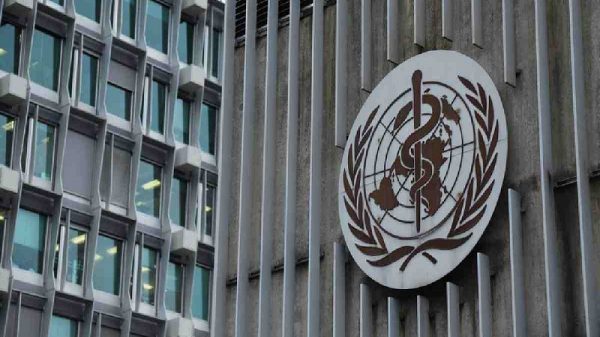Covid-19 going to be one big wave, not seasonal: WHO

Shawdesh desk:
The World Health Organization (WHO) has described the Covid-19 as ‘first wave’, not just seasonal.
Dr Margaret Harris, a spokesperson of WHO, came up with the information on Tuesday at a scheduled virtual press conference, reports UN news.
The UN health agency said the Covid-19 virus is likely not impacted by the changing seasons like other respiratory diseases.
It also urged to take measures for physical distancing to stop it from spreading.
“The season does not seem to be affecting the transmission of this virus,” said Harris.
“What is affecting the transmission is mass gatherings, it’s people coming together, and people not social distancing, not taking the precautions to ensure they are not in close contact,” she said.
On Tuesday, WHO reported that the number of confirmed cases globally stood at 16,301,736 with 650,069 deaths.
‘One big wave’
Dr Harris also pushed back on the perception that a respiratory illness might come and go in several waves.
“It’s going to be one big wave,” she said. “It’s going to go up and down a bit…the best thing is to flatten it and turn it into just something that is lapping at your feet. But at the moment, first, second, third wave, these things don’t really make sense and we’re not really defining it that way.”
Asked about WHO’s stance on charging for Covid-19 testing, the WHO official explained that this was a decision governed by countries alone.
“Now we do everything we can to encourage all countries to test, because testing is absolutely essential,” she said. “You don’t know where your outbreak is if you’re not testing people. We also encourage all countries to make access to testing wide and available”.
Hotspots
The Americas remains the epicenter by region, with more than 8.7 million cases, followed by Europe (3.2 million), South-East Asia (1.8 million), Eastern Mediterranean (1.5 million), Africa (712,920) and Western Pacific (291,993).
Dr Harris noted that the biggest outbreak “with the most intense, the highest numbers”, remained the US, where it is the middle of summer.
Brazil had also seen high infection rates, despite being an equatorial country, the WHO spokesperson said.
‘Later’ flu season in Global South
Dr Harris noted that winter was underway in countries in the global south, with samples tested, indicating “high” COVID infection rates but low influenza traces.
“Now the interesting thing is we are seeing from those samples, high levels of COVID, but we’re not seeing high levels of influenza at the moment. So, we’re expecting a later flu season in the southern hemisphere.”
However, influenza activity is currently at lower-than-expected levels, according to WHO’s latest global influenza update.
In temperate areas of the northern hemisphere, influenza activity has “returned to inter-seasonal levels”.
In Caribbean, Central American, South American, tropical African, Southern Asia and South East Asia countries, the WHO bulletin reported that there have been only sporadic or no cases detected.
Assessing the impact on countries finding themselves having to tackle both Covid-19 and influenza at the same time, the WHO spokesperson debated whether a “melange” of respiratory diseases might prove problematic.
“That would be a concern, because if you have an increase in respiratory illness when you already have a very high burden of respiratory illness, that puts even more pressure on the health system,” she said.























Leave a Reply